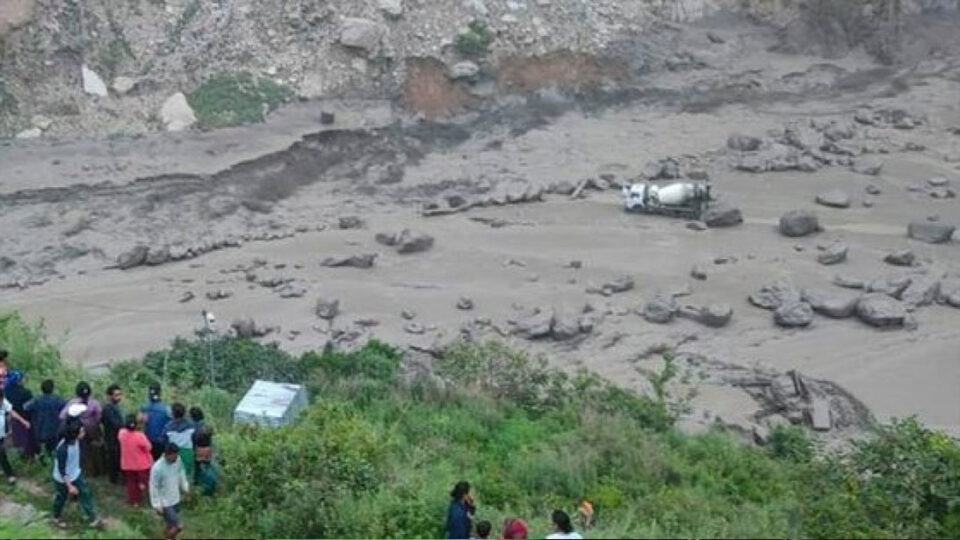Flooding Disrupts China-Nepal Link as Glacial Lake Overflow Suspected
KATHMANDU: More than two dozen people have been reported missing following a major flood along the China-Nepal border, triggered by a sudden surge in the Bhote Koshi River. Experts believe the cause may be an overflow from a glacial lake in Tibet, despite no significant rainfall in the region recently.
The flood resulted in the collapse of the “Friendship Bridge,” a key trade and travel route between China and Nepal. Authorities in both countries are actively engaged in rescue and recovery efforts.
According to Nepal’s National Disaster Risk Reduction and Management Authority (NDRRMA), at least 18 individuals are missing on the Nepali side, including six Chinese workers and three police officers. China’s state-run Xinhua News Agency reported 11 individuals unaccounted for on its side of the border.
The affected Chinese workers were involved in the construction of an Inland Container Depot with Chinese support, about 80 kilometers north of Kathmandu. Arjun Paudel, a senior official from Nepal’s Rasuwa district, confirmed that several containers carrying imported goods were also swept away.
The flood has impacted local infrastructure, damaging a small hydroelectric plant and washing away eight electric vehicles. Trade between the two countries has been temporarily disrupted as a result.
Nepal’s army has rescued at least 11 individuals, and search operations are ongoing, according to army spokesperson Raja Ram Basnet.
Nepal’s weather department is collaborating with Sentinel Asia, an international initiative that uses satellite technology to support disaster response, to assess the cause and effects of the flooding.
Meanwhile, in Pakistan, recent weather-related incidents have resulted in the loss of lives and property, with authorities issuing alerts for possible glacial lake outbursts in several northern regions.
China has seen increased rainfall in recent days, leading to flash floods and preparations for an approaching tropical storm. Authorities across South Asia are closely monitoring the situation to ensure timely response and minimize risks.

